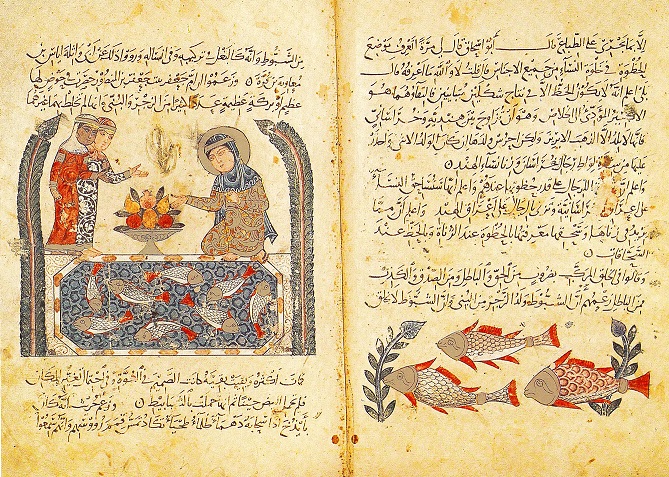
Led by Jeannie Miller and funded by SSHRC (2018-2021), a team of undergraduate and graduate researchers are analyzing all the twenty-odd surviving manuscripts of the 7-volume Arabic Book of Animals by al-Jahiz (d. 868 CE). This contributes to larger research questions about the reception history of Abbasid texts that came to be canonical: How were these texts read before the modernizing movements of the 19th and 20th centuries and the advent of reading practices associated with the modern notion of literature? How did scholars during the wrongly characterised ‘age of decline’ cultivate the Abbasid textual tradition prior to its rediscovery by the Nahda?
By analyzing the physical properties of the manuscripts (codicology) as well as marks outside the main text (paratexts) like the names of the people who owned each manuscript over the years, we are producing a socially rich history of how this text was transmitted and interpreted, based on the manuscripts themselves. A key element is marginal commentary. We have identified the authors of two unpublished commentaries on Book of Animals present in the margins of manuscripts, and we are in the process of transcribing and analyzing them. Preliminary results are available in Miler's article.
Researchers: Mohannad Abusarah, Shuaib Ally, Kyle Gamble, Yussif Adams Khalifa, Bogdan Smarandache.


